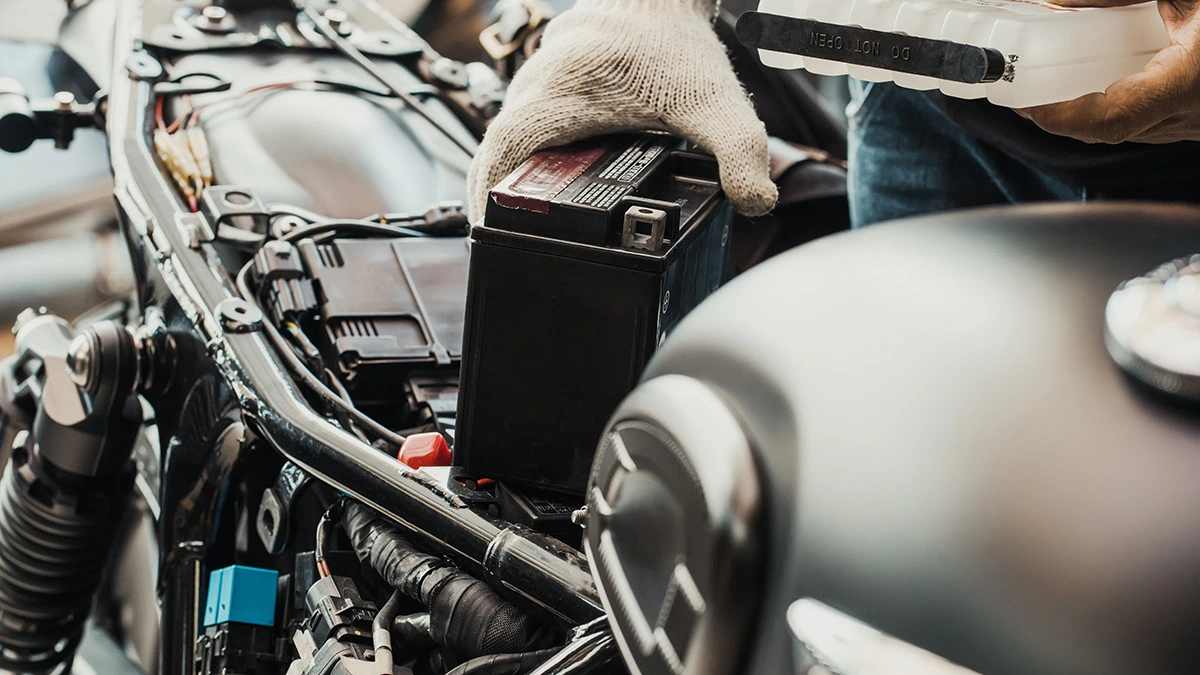Don’t let your motorcycle tires get tired
Dirt bikes, sport bikes, and cruisers all have one thing in common – just two wheels. Your bike has two times less rubber separating you from hitting the pavement at any point in any time in contrast to any 4-wheeled road vehicle.
Your tires can last a long time depending on the following factors
- Type of tires you buy.
- Your riding style.
- Tire pressure.
- Road conditions.
Unfortunately, there are significant safety traps and simple miscalculations that can be done due to under-inflated motorcycle tires or incorrect PSI readings.
Why motorcycle tires PSI is so important
One common mistake is that tires should be run at the pressure that you see published on the sidewall. This is a great starting point, but to find the correct motorcycle-specific tire pressure you’ll need to source your possessor’s homemade.
The “Max PSI” figures stamped on your tire reference the cargo indicator of the tire and what it’s erected to handle. The reality is, that your bike could be a light CBR or a heavy Hayabusa, and you’ll need to acclimate your PSI consequently.

Tires naturally lose air over time
Since tires are the only thing between you and the pavement, it’s important to keep an eye on the PSI situations regularly.
Strive to check your tire pressure weekly, and eclipse off as necessary, if you’re an everyday rider. However, check it before every ride, If you aren’t riding relatively as regularly.
Biker, remember!
- Any month you lose 1 PSI.
- Every 12°C change in ambient temperature you lose or gain 1 PSI.
Example
Nevertheless, you have lost 6 PSI, if you haven’t checked your tire pressure in 6 months.
Still, you have lost 6 PSI, If the average air temperature has gone from 36 to 0°C. That’s a total loss of 12 PSI in tire pressure!
For utmost motorcycle tires that’s a 30 loss in total tire pressure!
Under-inflated tires can beget a list of safety pitfalls
- Dropped conduct and riding perfection.
- Deterioration of braking.
- Uneven tire wear.
- Redundant heat.
- Poor energy frugality.
Overinflation is more uncomfortable than dangerous and your tire will end up wearing snappily and constantly where there’s continual harsh tire-to-pavement contact.
Check your tires constantly with a good quality indicator. Keep in mind that needles at gas stations are infrequently calibrated, and just being off by a limited PSI can alter your riding comfort and safety.
The heat from the road can increase tire pressure, so make sure you check your tire pressure when your bike is “cold” (meaning it hasn’t been ridden in at least half an hour).
Riding with low tire pressure
Tire pressure directly affects the running characteristics of your motorcycle, and for that reason, under-affectation is a common practice by trick riders.

Depending on the bike weight, the trick riders and wheelie suckers run with their motorcycle tire PSI anywhere from 15-25. Although we wouldn’t recommend this for normal riding or long hauls, the slightly lower PSI allows for a more comfortable wheelie session.
When to replace motorcycle tires
First of all if you’re standing in your garage gaping at a flat tire!
We generally don’t recommend tire patches, simply because repaired tires lose their speed standing, and because your life depends on the condition of the tires on your motorcycle.
But for reference, there are some other reasons you’ll need to get your motorcycle some new shoes.
- Perforation, cut, slice, or sharp debris.
- Tire older than 4 years.
- Weather-affected (cracked around the circumference), caused by sun exposure, or dry heat.
- Constantly riding on a tire with exceedingly low pressure.
- The tire that’s missing tread or with significant wear and tear (lower than 2/32 of an inch of tread in any area or displaying tread wear pointers).
- A tire with uneven wear and tear (with some sections being flatter or more pointed due to inadequately maintained motorcycle tire PSI).
- Feathered or cupped tire (could be making noise or flaunting a choppy riding). Some frontward tire cupping is normal but watch for severe feathering.
Still, chances are you presumably need at least one new tire if you’re still reading this article.
You should be out enjoying the open road! Feel free to use our motorcycle app CryptoMoto to find the nearest motorcycle shop with a plenty of tires in stock, or book mobile mechanics online in the Services section of our app. They’ll come to you to mount and balance your new tires.











